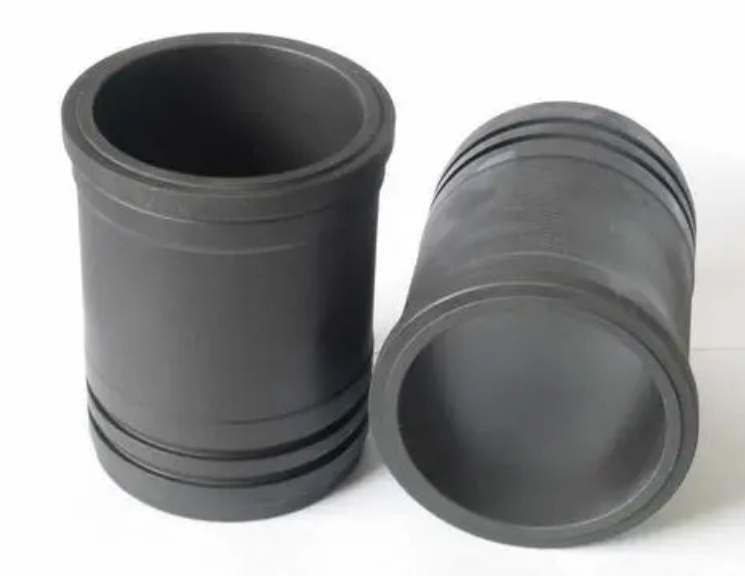Phosphating Process in Mechanical Manufacturing
Time:2023-11-04 11:43:21 Source:未知 Click:次
Phosphating is a widely used surface treatment process in mechanical manufacturing, which enhances the hardness, wear resistance, and corrosion resistance of metal surfaces by forming a dense phosphate layer. This article will introduce the principle, process flow, and applications of phosphating in mechanical manufacturing.

I. Principle of Phosphating Process
Phosphating is a process that forms a phosphate layer on the metal surface through chemical reactions. Firstly, the oxides and dirt on the metal surface are removed through acid cleaning. Then, the metal is soaked in a solution containing phosphates and accelerators, allowing a chemical reaction between the metal and phosphates to form a uniform phosphate layer. Finally, the desired phosphating film is obtained through water washing and drying.
II. Process Flow of Phosphating Process
1. Pretreatment: The metal is first cleaned to remove oil stains, scale, and other impurities on the surface. Common cleaning methods include mechanical cleaning, chemical cleaning, and electrochemical cleaning.
2. Phosphating: After pretreatment, the metal is immersed in a solution containing phosphates and accelerators. Through heating or immersion at room temperature, a chemical reaction occurs between the metal and phosphates, forming a uniform phosphate layer.
3. Post-treatment: The metal after phosphating needs to be washed with water and dried to remove residual solution and moisture. Water washing can be performed using spraying, immersion, etc. Drying can be achieved using hot air, ovens, or other equipment.
III. Applications of Phosphating Process in Mechanical Manufacturing
1. Improving wear resistance: Phosphating can form a hard phosphate layer on the metal surface, effectively improving its wear resistance. In mechanical equipment such as gears and bearings, which are prone to wear and tear, phosphating is commonly used to extend their service life.
2. Improving corrosion resistance: The phosphate layer has good corrosion resistance, effectively preventing corrosion of the metal surface. In the fields of chemical equipment and shipbuilding, phosphating is widely used to improve the corrosion resistance of equipment.
3. Reducing friction coefficient: Phosphating can make the metal surface smoother, reducing the friction coefficient and minimizing energy loss. In automotive manufacturing and aerospace industries, phosphating can improve the efficiency of moving parts.
4. Improving adhesion: Phosphating can form a porous phosphate layer on the metal surface, which is beneficial for the adhesion of coatings, lubricants, and other substances. In painting and lubrication, phosphating can improve the adhesion of coatings and lubrication effects.


